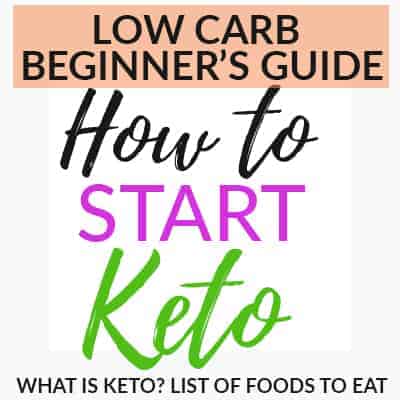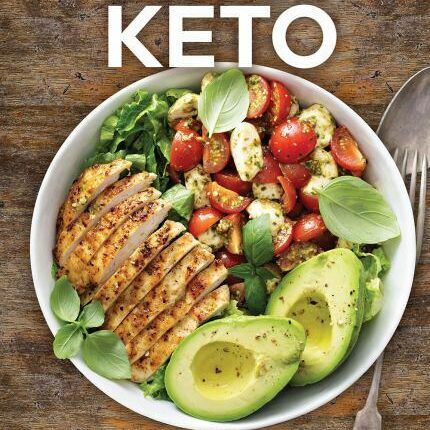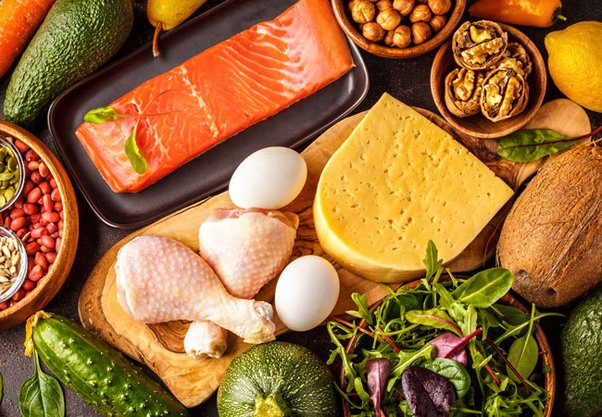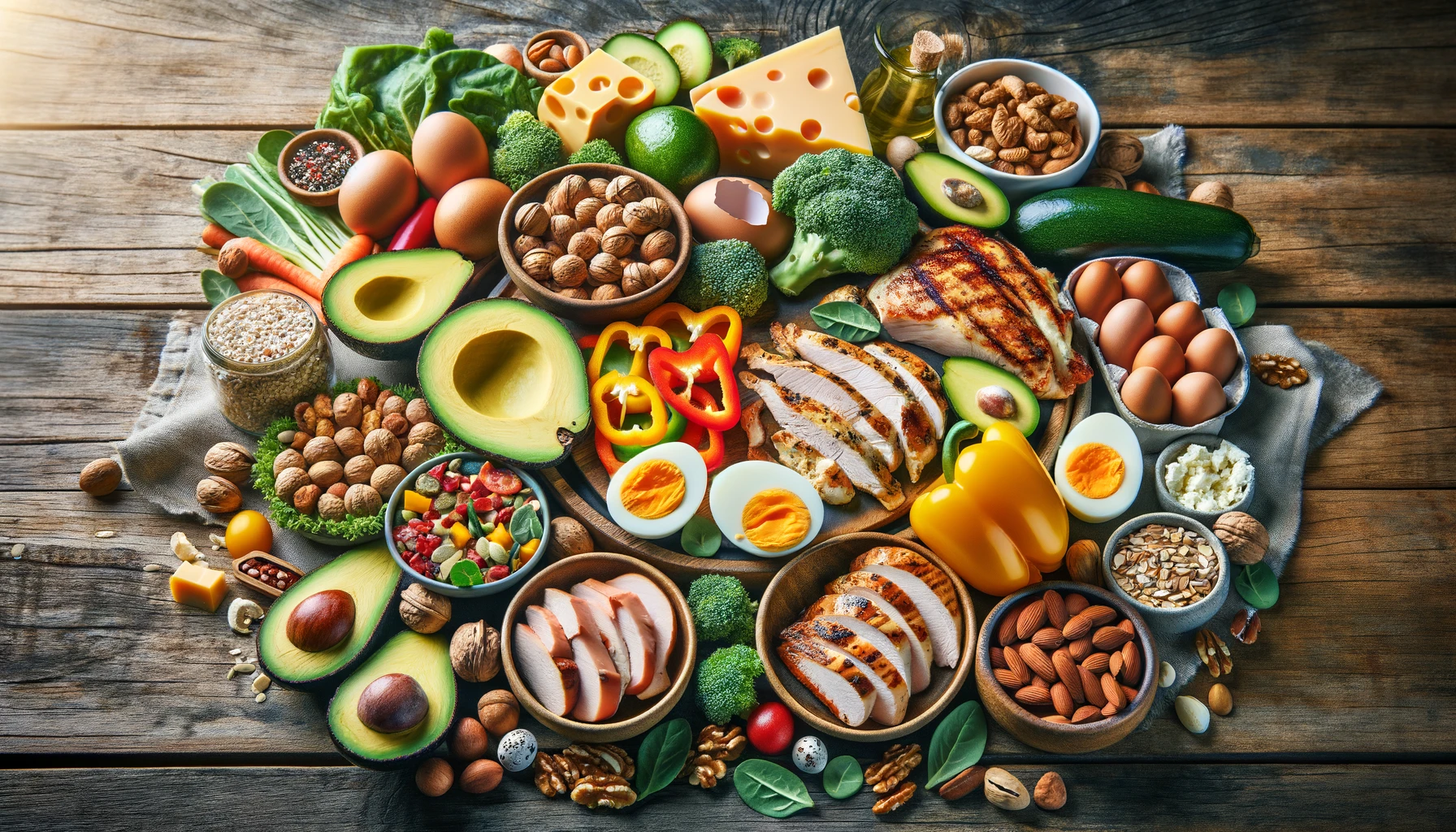Start
The ketogenic diet, commonly known as the keto diet, has gained immense popularity in recent years for its potential benefits in weight loss, improved energy levels, and overall health. If you’re a beginner looking to embark on this low-carb, high-fat journey, this comprehensive guide will provide you with all the necessary information to get started on the right foot.

Understanding the Keto Diet
The keto diet is a low-carbohydrate, high-fat diet that aims to put your body into a state of ketosis. In ketosis, your body switches from using glucose (sugar) as its primary energy source to burning fat for fuel. This metabolic state can lead to significant weight loss and other health benefits.
Key Principles of the Keto Diet
- High Fat Intake: Approximately 70-75% of your daily calories should come from fats. Healthy fat sources include avocados, nuts, seeds, olive oil, coconut oil, and fatty fish.
- Moderate Protein Intake: About 20-25% of your daily calories should come from protein. Good sources of protein include meat, poultry, eggs, and dairy products.
- Low Carbohydrate Intake: Only 5-10% of your daily calories should come from carbohydrates. This typically translates to 20-50 grams of net carbs per day. Focus on non-starchy vegetables, berries, and limited amounts of nuts and seeds.
Steps to Start a Keto Diet
- Educate Yourself: Before starting any diet, it’s crucial to understand the principles and science behind it. Read books, articles, and research studies about the keto diet. Consider consulting with a healthcare professional or a registered dietitian.
- Plan Your Meals: Create a meal plan that includes a variety of high-fat, low-carb foods. Plan your meals and snacks for the week to ensure you stay within your carbohydrate limit.
- Clean Out Your Pantry: Remove high-carb foods from your pantry and fridge to avoid temptation. Replace them with keto-friendly alternatives like nuts, seeds, cheese, and low-carb vegetables.
- Grocery Shopping: Make a list of keto-friendly foods and stock up on them. Focus on whole, unprocessed foods. Avoid sugary snacks, grains, starchy vegetables, and most fruits.
- Monitor Your Macros: Use a food diary or a mobile app to track your daily intake of carbohydrates, fats, and proteins. This will help you stay within your target range and ensure you’re getting the right balance of nutrients.
- Stay Hydrated: Drinking plenty of water is essential on the keto diet. Aim for at least 8-10 glasses of water a day. Electrolyte balance is also important, so consider adding a pinch of salt to your water or consuming electrolyte supplements.
- Be Prepared for the Keto Flu: When starting the keto diet, some people experience flu-like symptoms, known as the keto flu. This can include headaches, fatigue, and irritability. These symptoms usually subside within a few days to a week. Stay hydrated, get plenty of rest, and consider increasing your electrolyte intake to alleviate symptoms.
- Exercise Regularly: Physical activity can enhance the benefits of the keto diet. Incorporate a mix of aerobic exercises, strength training, and flexibility exercises into your routine.
What to Eat on a Keto Diet
- Healthy Fats: Avocados, olive oil, coconut oil, butter, ghee, lard, and fatty cuts of meat.
- Protein: Beef, pork, lamb, poultry, eggs, fatty fish (salmon, mackerel, sardines), and cheese.
- Low-Carb Vegetables: Leafy greens (spinach, kale), cruciferous vegetables (broccoli, cauliflower), zucchini, bell peppers, and asparagus.
- Nuts and Seeds: Almonds, walnuts, chia seeds, flaxseeds, and pumpkin seeds (in moderation).
- Beverages: Water, herbal tea, coffee (without sugar), and bone broth.
What to Avoid on a Keto Diet
- Sugary Foods: Sodas, candy, cakes, and pastries.
- Grains and Starches: Bread, pasta, rice, and potatoes.
- High-Carb Fruits: Bananas, apples, oranges, and grapes.
- Legumes: Beans, lentils, chickpeas, and peas.
- Processed Foods: Chips, crackers, and snack bars.
Tips for Success on the Keto Diet
- Listen to Your Body: Pay attention to how your body responds to different foods. Everyone’s response to the keto diet can vary, so adjust your diet based on your individual needs and preferences.
- Stay Consistent: Consistency is key to achieving and maintaining ketosis. Stick to your meal plan and avoid cheat days, especially in the beginning.
- Experiment with Recipes: There are countless keto-friendly recipes available online. Experiment with different meals and find what works best for you. This will keep your diet interesting and sustainable.
- Find a Support System: Joining a keto community or finding a diet buddy can provide motivation and support. Sharing experiences and tips with others can help you stay on track.
- Be Patient: Weight loss and other health benefits may take time. Be patient with your progress and focus on the long-term benefits of the keto diet.
Potential Benefits of the Keto Diet
- Weight Loss: The keto diet can lead to significant weight loss, especially in the initial stages. This is primarily due to reduced appetite and increased fat burning.
- Improved Blood Sugar Control: The keto diet can help stabilize blood sugar levels and improve insulin sensitivity, making it beneficial for people with type 2 diabetes.
- Enhanced Mental Clarity and Focus: Many people report improved cognitive function and mental clarity on the keto diet.
- Increased Energy Levels: By switching to fat as the primary fuel source, many people experience sustained energy levels throughout the day.
Potential Side Effects and Considerations
- Nutrient Deficiencies: The restrictive nature of the keto diet can lead to deficiencies in certain vitamins and minerals. Ensure you’re getting a balanced intake of nutrients by incorporating a variety of keto-friendly foods.
- Digestive Issues: Some people may experience digestive issues, such as constipation or diarrhea, when starting the keto diet. Staying hydrated and consuming enough fiber can help alleviate these symptoms.
- Not Suitable for Everyone: The keto diet may not be suitable for individuals with certain medical conditions, such as pancreatitis, liver disease, or gallbladder issues. Always consult with a healthcare professional before starting any new diet.
Conclusion
Starting a keto diet can be a transformative journey towards better health and well-being. By understanding the principles of the diet, planning your meals, and staying consistent, you can achieve and maintain ketosis for long-term success. Remember to listen to your body, be patient with your progress, and enjoy the benefits of a low-carb, high-fat lifestyle. Whether you’re aiming for weight loss, improved energy levels, or better mental clarity, the keto diet can be a powerful tool to help you reach your goals.


